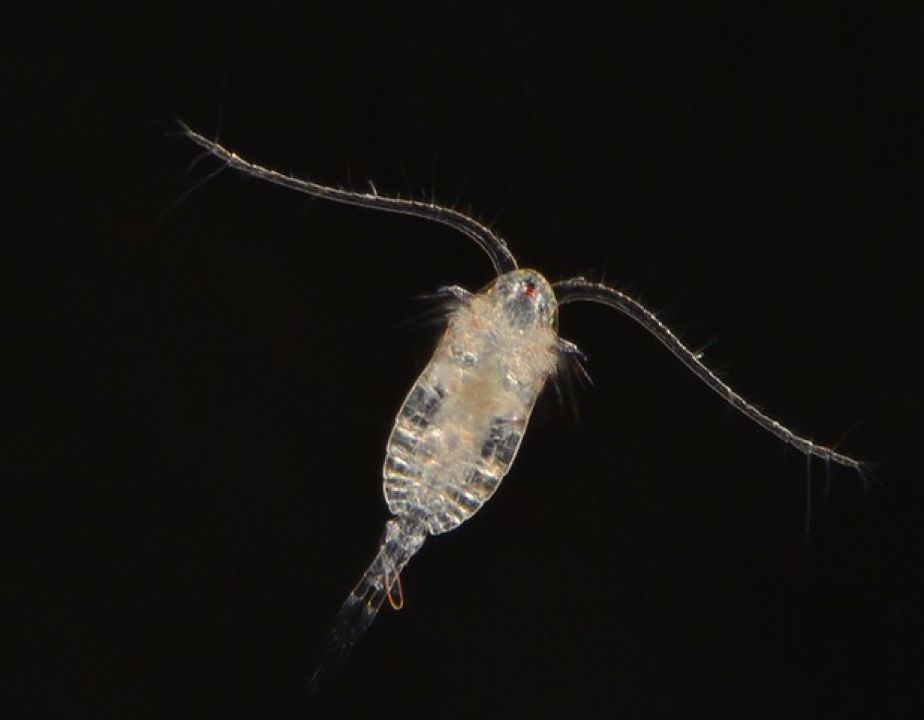Media Releases
Plastic could poison oceans for generations

James Cook University researchers have discovered that plastic waste in the oceans limits the ability of plankton to breed, which could contribute to global fish population declines.
Dr Lynne van Herwerden led a team that fed plastics to plankton. She said the findings were disturbing.
“We gave some of the animal plankton microplastics, and gave some others plasticiser, which is a solvent added to resin to make it plastic. When discarded plastic at sea degrades, and is accidentally eaten by animals, it releases the plasticiser.”
The team found that plankton that were fed plasticiser had markedly reduced breeding success. Dr van Herwerden said what was particularly concerning was that three generations of offspring of these plankton, which were not fed plasticiser, also bred at reduced rates.
“We found that the next three generations of plankton that were not exposed to the plasticiser were not able to improve on their breeding success of their parents that had been exposed to the plasticiser. It was exciting to see the multi-generational impact of plasticiser from a scientific perspective, but distressing when you consider the implications.”
Dr van Herwerden said these tiny plankton were the favoured food of fish larvae when larvae first start feeding in the ocean, so any reduction in these plankton numbers could reduce survival of larval fish and eventually reduce the numbers of adult fish, including commercially caught fish.
“These plankton are near the base of the marine food web, they eat phytoplankton and are then eaten themselves by larval fish, which are then eaten by larger fish and so on up the food web. The thing is, even if tiny degraded plastics do not bio-accumulate all the way up the foodweb, the plankton are key to larval fish survival and when the plankton population crashes, so does the survival of fish larvae, which means fewer fish grow up to become adults that can breed and be caught by fisheries.”
She said the plankton that were fed microplastics were compromised in a different way.
“They can expel the larger microplastics, but the smaller pieces may stick in their gut. The question is whether tiny pieces of plastic or the plasticiser it releases can cross the gut/blood barrier and get into their tissues. This would cause inflammation and in the case of plasticiser, reproductive disease, that could eventually further reduce fish populations.”
Dr van Herwerden said if plastic waste could get into the tissues of marine animals it would be an issue further up the food chain too.
“We remove the gut before eating fish, but if the plastic has migrated to the tissues of the fish then we’re consuming that.”
She said that JCU has recently been lent a $140,000 state-of-the art microscope by Thermo Fisher Scientific Australia, that would greatly assist in identifying and discriminating between types and numbers of plastics in animals.
“It’s important that we do further investigations regarding the impact of plasticisers (and other chemical pollutants on or in plastics) on species from the base of the food web so we can better understand the environmental impact of plastic pollution,” said Dr van Herwerden.
Images of plankton available here.
Please credit Fahad Alajmi.
The paper is available from Dr van Herwerden
Dr Lynne van Herwerden
P: 07 4781 6286
E: lynne.vanherwerden@jcu.edu.au
